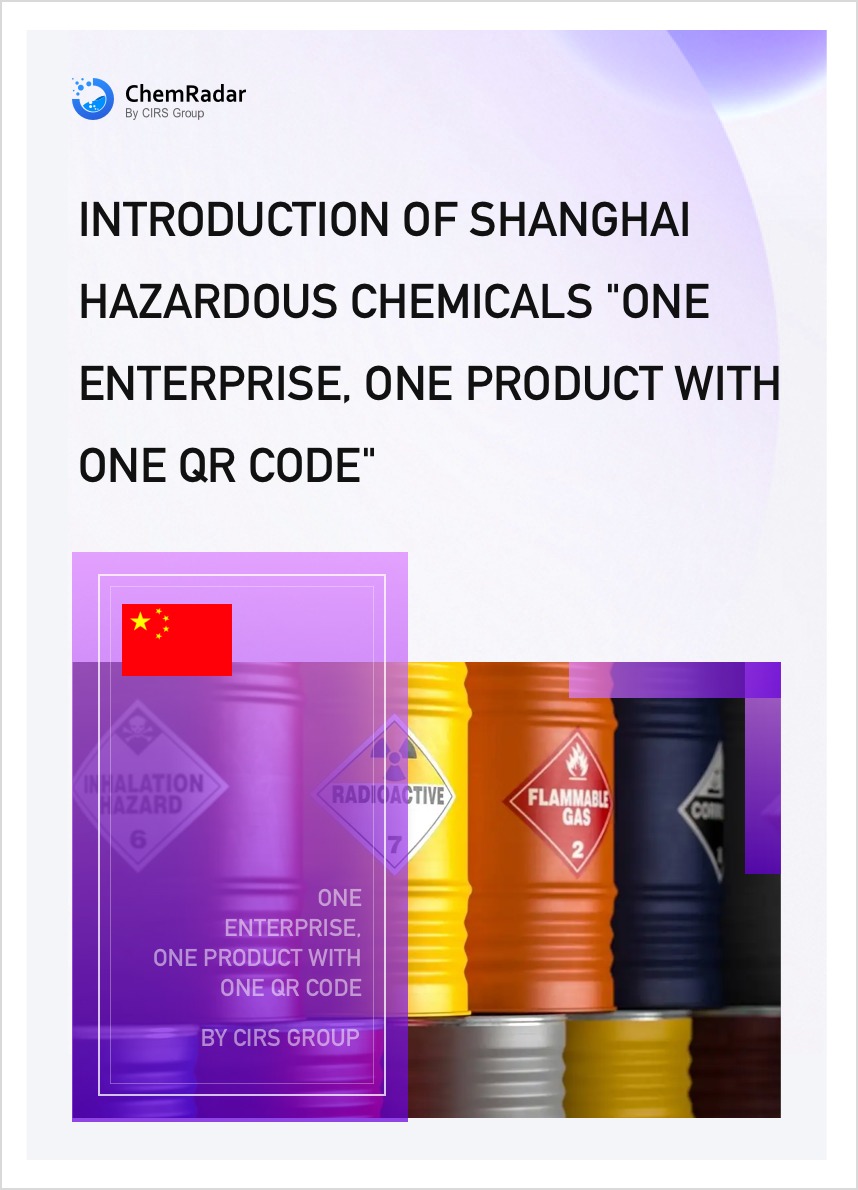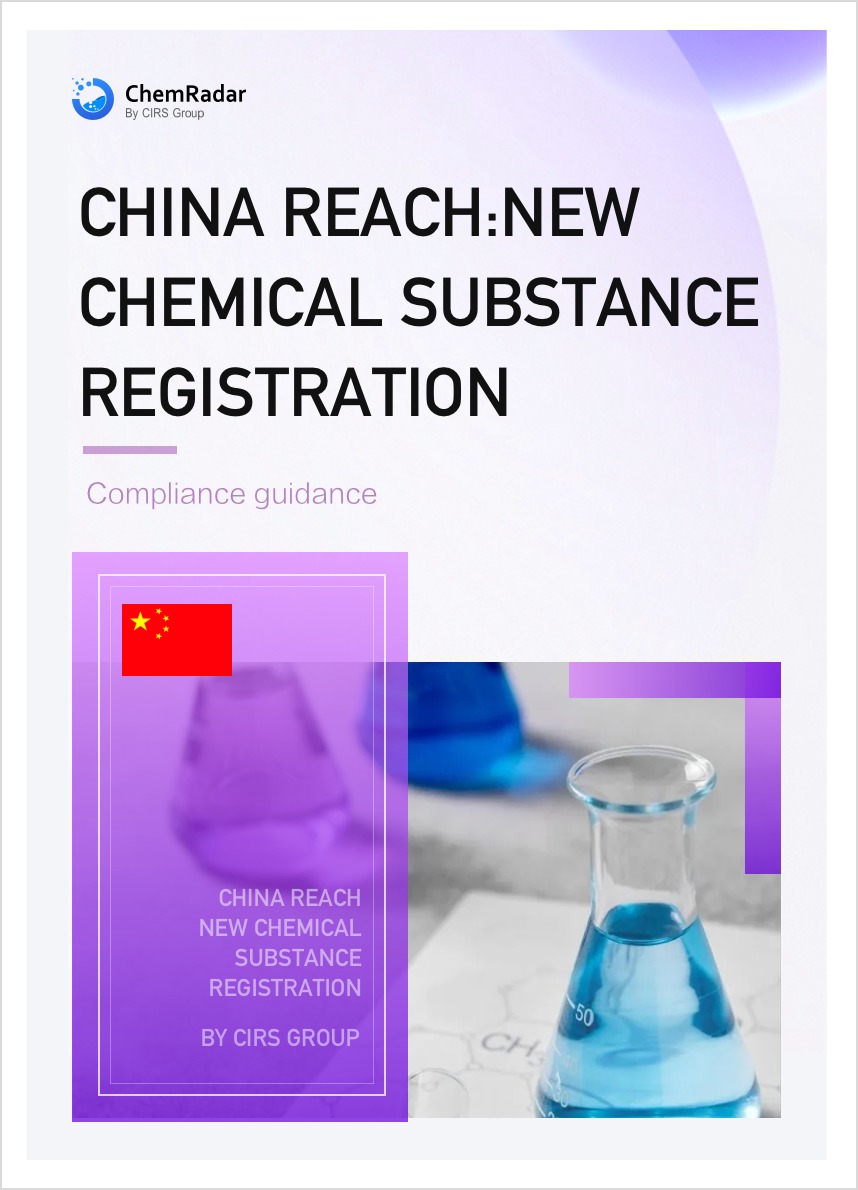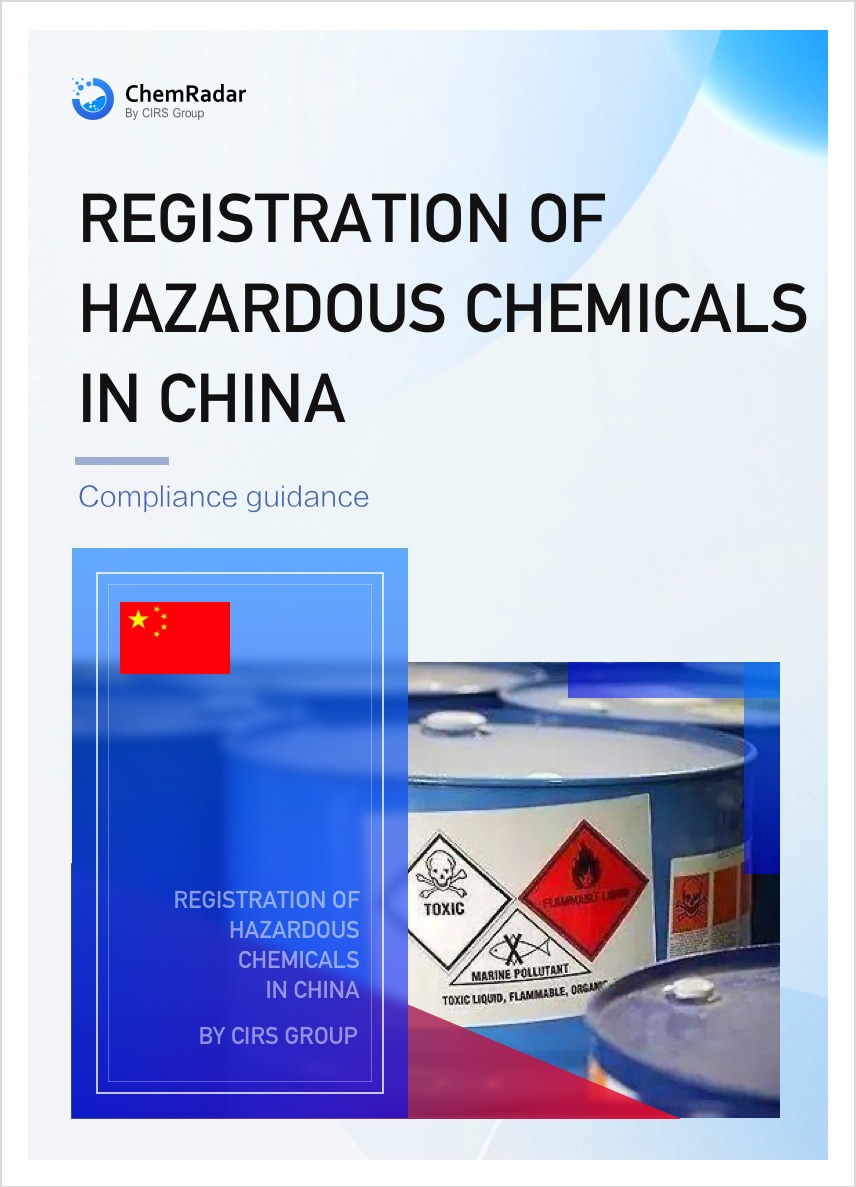On May 8, 2025, Taiwan's Department of Chemical Substance Management of Ministry of Environment announced amendments to the Categories and Management of Handling for Toxic Chemical Substances and the Categories and Management of Handling for Concerned Chemical Substances. New additions include perfluorooctane sulfonate (PFOS), perfluorooctanoic acid (PFOA), nonylphenol (NP), nonylphenol polyethoxylate (NPEO), and cybutryne as toxic or concerned chemical substances, with strict control measures being implemented. The new regulations will take effect on June 1, 2025, aiming to reduce the environmental and health risks posed by chemical substances.
357 Perfluorinated Substances under Regulation
PFOS and PFOA, belonging to per- and polyfluoroalkyl substances (PFAS), are notoriously persistent and bioaccumulative, potentially harming ecosystems and human health through the food chain. The United Nations Stockholm Convention has listed PFOA and its salts under the elimination list (Annex A) and PFOS and its salts under the restriction list (Annex B). The revision adds 5 PFOS-related compounds and 352 PFOA-related compounds, limiting their use to specific industrial and research purposes. Additionally, the toxicity classification for PFOS and its salts and related compounds, as well as PFOA and its salts and related compounds, has been adjusted to categories 1,2,4.
Full Concentration Control of Cybutryne
N'-tert-butyl-N-cyclopropyl-6-(methylthio)-1,3,5-triazine-2,4-diamine (Cybutryne), due to its bioconcentration and clear toxicity, is listed as a concerned chemical substance in line with the International Convention on the Control of Harmful Anti-fouling Systems on Ships. Its control concentration and operational methods are set, prohibiting its use in manufacturing antifouling paints, systems, and biocides. Existing enterprises may have a grace period of one and a half to two years to adjust processes or find alternative substances.
|
Listed No. |
Chinese Name |
English Name |
Chemical Formula |
CAS NO. |
Control concentration (%) |
as being hazardous |
Specified handling of chemical substances of concern |
Graded handling quantity (kg) |
Regular reporting frequency |
Exception |
Containers and packaging rules |
|
L005
|
N'-第三丁基-N-环丙基-6-(甲基硫基)-1,3,5-三氮-2,4-二胺(环丁烃) |
N'-tert-butyl-N-cyclopropyl-6-(methylthio)-1,3,5-triazine-2,4-diamine (Cybutryne) |
C11H19N5S |
28159-98-0 |
All concentrations |
- |
Manufacturing, importing, selling, using, storing |
- |
Monthly |
Use in experiments, research, education, and testing by academic and inspection institutions |
- |
Enterprises currently operating with concerned chemical substances must complete the following items within the specified deadlines:
|
Item |
Deadline |
|
Operational records |
Records must be started and regularly reported by June 1, 2025. |
|
Label containers, packaging, operational sites, and facilities, and prepare safety data sheets |
Improved by December 1, 2026. |
|
Obtain approval documents for designated manufacturing, importing, selling, using, and storing activities |
Obtained by December 1, 2026. |
Stricter Control and Complete Ban on Production of Cleaners for NP and NPEO
NP and NPEO, known for their endocrine-disrupting properties, can mimic natural hormones and affect human development. Since 2007, they have been listed as toxic chemicals. This revision further tightens controls, adjusting the toxicity classification of NP to 1,3,4 and NPEO to 1,4, and reducing the control concentration from 5% to 0.1%. Their use in manufacturing household and industrial cleaners, textile processing, metalworking, and paper production is prohibited. However, if completely recovered, incinerated, or removed from wastewater in controlled systems, processes, or treatment equipment, and not used or sold in the domestic market, they are exempt.
MOE Sets Phase-out Timetable:
- NP and NPEO concentration ≥5%: Effective from December 1, 2026.
- Concentration 0.1%-5% and substances of other CAS number: Effective from June 1, 2027.
Revised Usage List
|
Chemical Substance |
Usage |
|
Nonylphenol (NP) |
l Research, testing, education l Pharmaceuticals l Raw materials for synthetic resins, phenolic resins l Antioxidants l Stabilizers l Spermicides l Emulsifiers, dispersants for oils, dyes, printing inks l Paints, coatings, adhesives |
|
Nonylphenol polyethoxylate (NPEO) |
|
|
Perfluorooctane sulfonate (PFOS) and its salts and related compounds |
l Research, testing, education l Hard metal electroplating in closed systems |
|
Perfluorooctanoic acid (PFOA) and its salts and related compounds |
l Research, testing, education l Photolithography or etching processes in semiconductors l Manufacturing of photographic film coatings l Manufacturing of oil and water repellent labor textiles l Manufacturing of industrial waste heat exchangers and industrial sealing materials using polytetrafluoroethylene (PTFE) and polyvinylidene fluoride (PVDF) membranes l Manufacturing of high-voltage wires and cables using perfluoroethylene propylene (FEP) l Manufacturing of automotive interior circular rings, triangular belts, and plastic parts |
Added Items Timeline
A timeline for completing the necessary actions for newly listed NP, NPEO, PFOS and its salts and related compounds, and PFOA and its salts and related compounds must be adhered to within the specified deadlines.
This revision reflects Taiwan's proactive response to global environmental trends. By strengthening the management of chemical substances, it aims to reduce environmental pollution and health risks, while simultaneously promoting the industry's shift towards a greener and more sustainable direction.
Further Information



